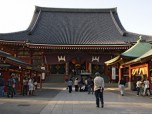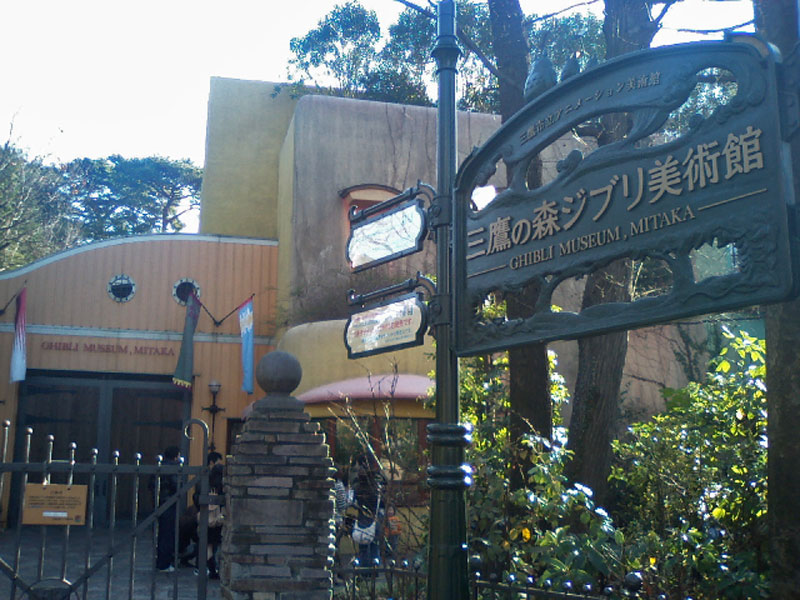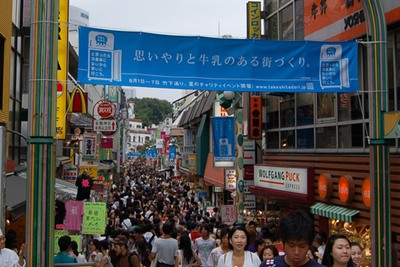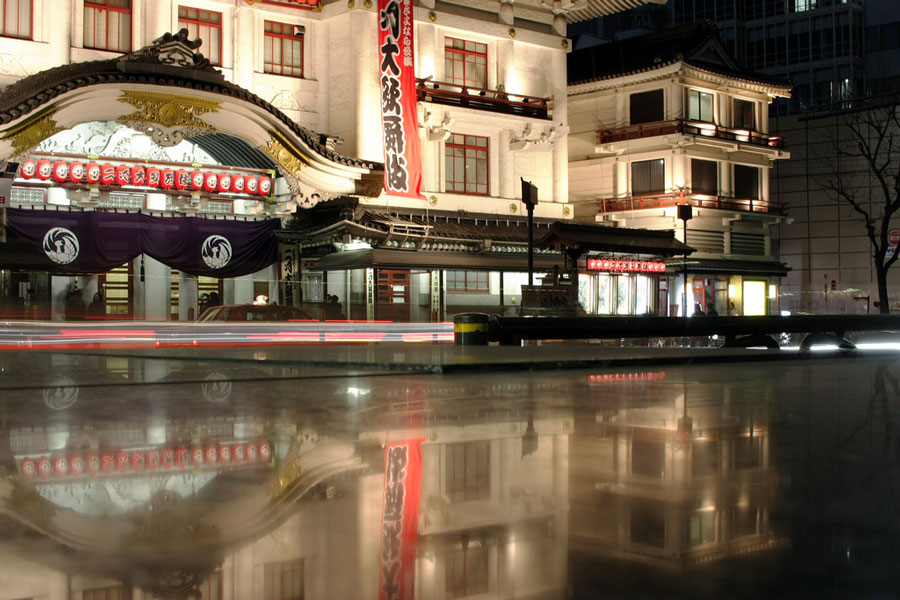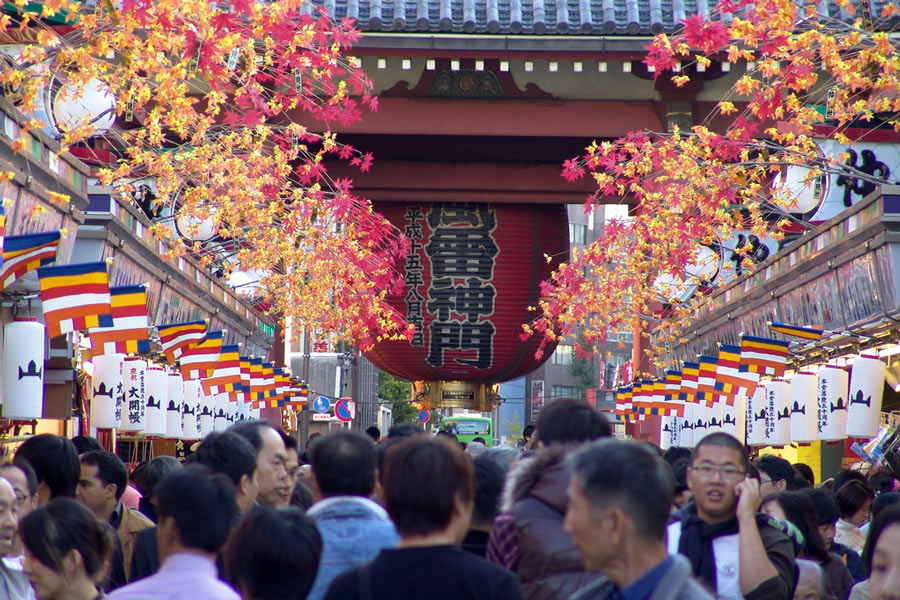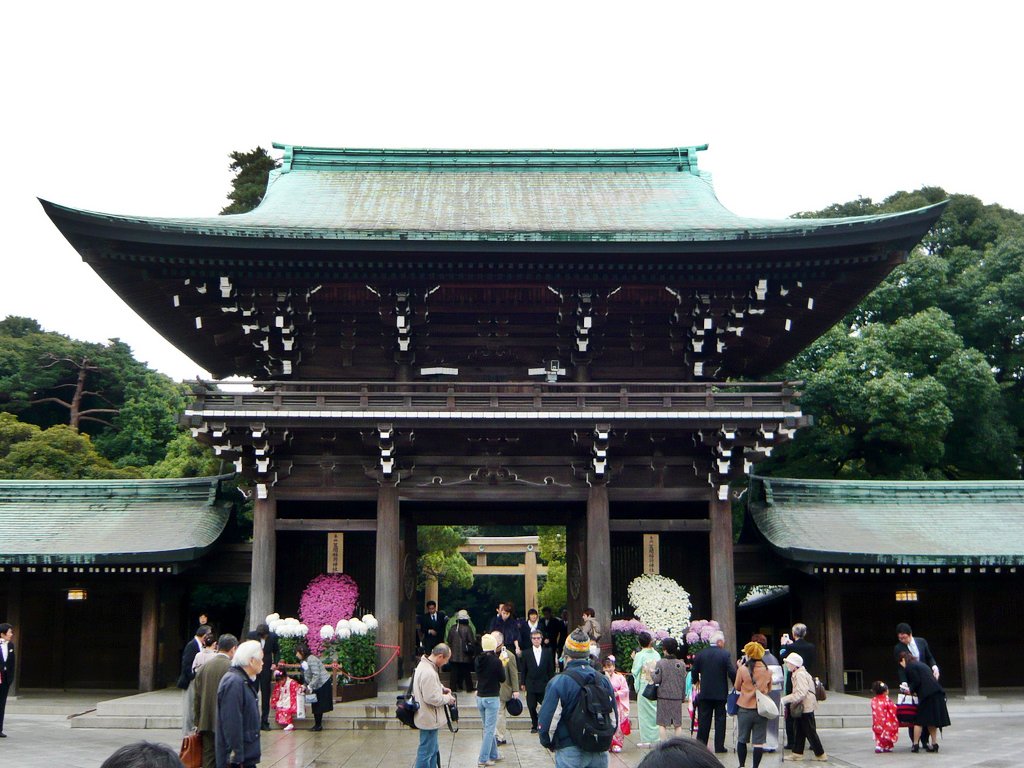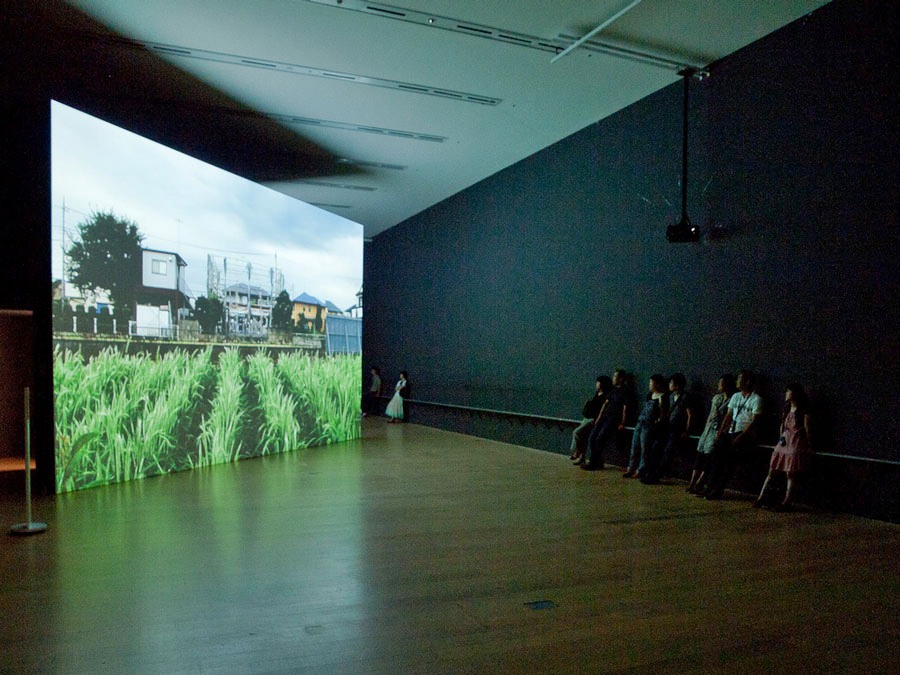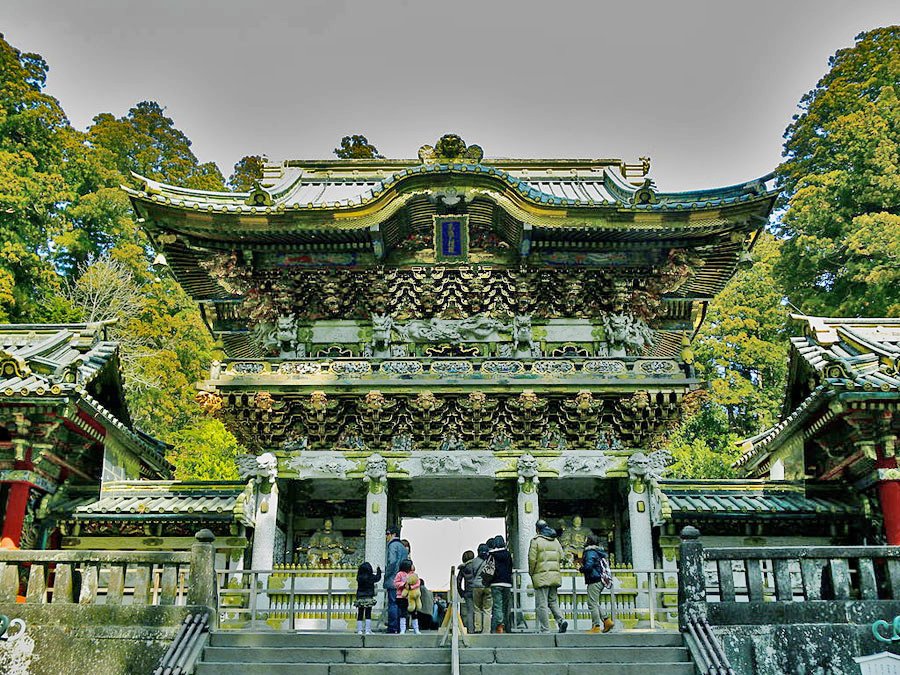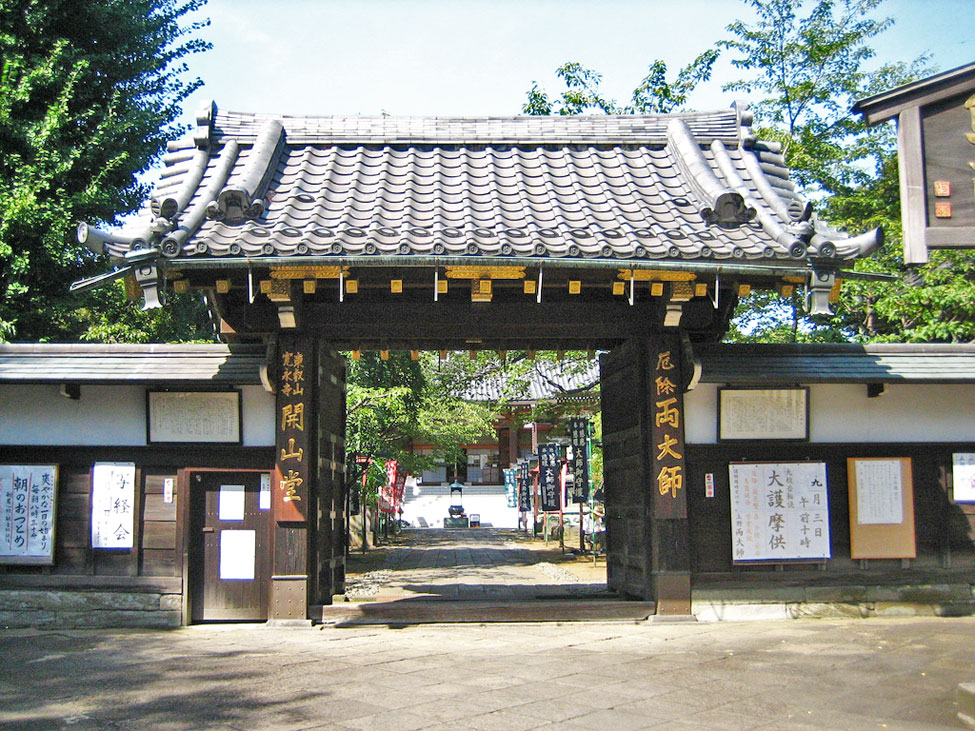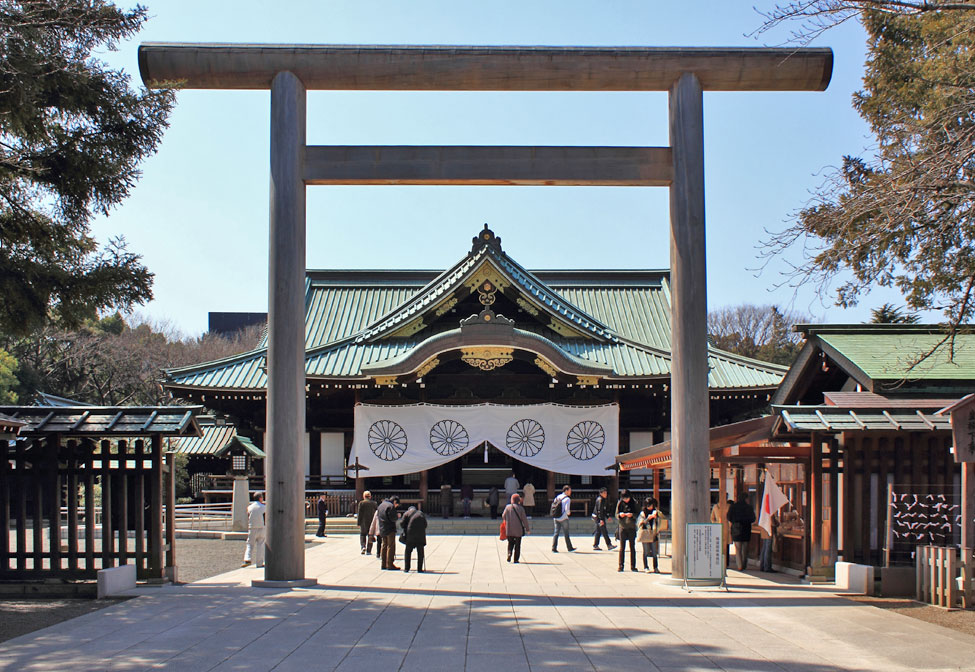The Edo-Tokyo museum is the ideal place to go if you want to immerse yourself in the rich history of Japan’s prime city. Established in 1993 to preserve the heritage of Edo-Tokyo, the museum houses original artifacts and replicas that speak two halves of the Edo-Tokyo history.
Upon entering the 6th floor of the building, you will see the prime attraction of the museum: the life size replica of the Nihonbashi Bridge. This bridge that leads to Edo (Tokyo’s former name) is the silent witness of the city’s birth and growth. Tokugawa Ieyasu established Edo in 1590. Passing along this bridge to reach the main gallery is just the beginning of your historical journey.
A Walk in Time
As you reach the end of the bridge, the Edo Zone begins. You will be introduced to the political practices during the Edo Era. As you move down to the 5th level, you will see displays that showcase the life, economy and culture of the people who lived during that time. Perhaps the most interesting part of the zone is when Edo’s name was changed to Tokyo during the Meiji Era.
The Tokyo Zone begins during this transition. Through the displays, visitors can easily see the influences of the west, particularly from Europe and America. The modernization of the city marks the beginning of the Meiji Era. Here, you can see the events that transpired from the days when Japan participated in the 2nd World War. Items that remind the people how Japan reconstructed itself after the devastating war are also displayed in this zone.
Throughout the year, the museum conducts other exhibits and cultural shows. All visitors are recommended to get information from the Information Desk of the Museum so that you do not miss the current important attractions. This year from May to July, the Edo-Tokyo Museum will hold an exhibition to commemorate the great bridge.

